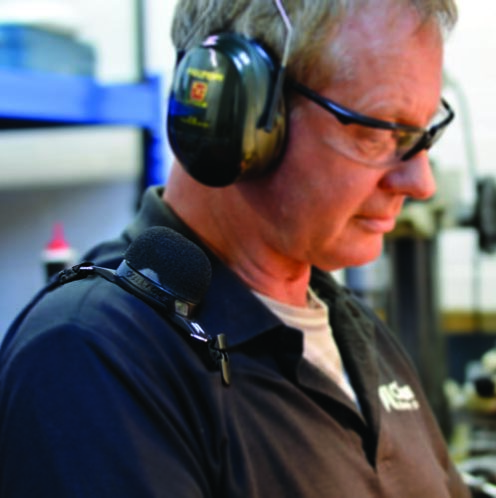Differences in noise exposure standards
What are the differences in current noise exposure standards?

Responding is James Tingay, Cirrus Noise Monitoring/OHD consultant, OHD LLLP, Hoover, AL.
Answer: Many modern noise measurement instruments are able to assess noise levels against a number of different occupational noise exposure standards such as OSHA, NIOSH/ACGIH and the EU Physical Agents (Noise) Directive.
By providing a range of different settings, these instruments can be used across a wide range of applications, giving an industrial hygienist a comprehensive set of data on which to build noise control measures or provide hearing protection. However, providing an assortment of options carries the risk that either the users will chose a wrong setting before a measurement or, when reviewing the measurement data, they will make an incorrect choice of parameter.
This can be a complex task, especially when a number of different standards are enforced or, conversely, there is no clear definition for which should be used.
Settings are combined to create what is known as an integrator and consist of Exchange Rate, Time Weighting, Frequency Weighting, Threshold Level, Criterion Time and Criterion Level.
To illustrate the effect that different settings can have, consider a measurement made with a two-channel noise dosimeter.
One channel was set to use OSHA HC settings and the other to use the EU Physical Agents (Noise) Directive settings. The measurement was made in a real-world situation and covered a period of seven hours and eight minutes. In basic terms, over the course of the measurement, the reported noise exposure was 75 percent of the OSHA HC limit and 511 percent of the EU limit. The question is, why are these two values so different?
In this application, there were periods when the noise levels were below 80 dB. OSHA HC uses an 80 dB threshold, effectively removing these sections of noise from the overall exposure. In addition, the use of Slow Time Weighting reduces the influence of impulsive noise sources (in this case, a pyrotechnic cannon).
A further study investigated the differences between the values reported by OSHA HC and NIOSH/ACGIH integrators, again using a real-world noise source. The OSHA HC integrator reported a percentage dose of 73 percent, whereas the NIOSH/ACGIH setting reported the same noise as 272 percent. What this shows us is that where there is a number of different standards in use (OSHA HC, OSHA PEL, NIOSH/ACGIH, for example), the user must be aware of the potential risk of either choosing the wrong setting before undertaking a measurement or when reviewing the reported information.
Users should be able to ensure the settings provided “out of the box” are those needed for their specific application and reporting requirements. It also should be clear to users how their equipment has been configured so they can verify that it meets the requirements of the regulations under which they are working.
Users also should be able to access accurate, up-to-date information about the standards with which they are measuring and reporting noise exposures, and should be able to demonstrate that the equipment has been configured correctly to meet these needs.
We should not forget that for most users, carrying out noise measurements is only one part – and possibly a small part – of the process of managing the risk of noise-induced hearing loss and creating a healthy working environment. Providing equipment that is accurate, simple to use and easily understood should be the highest priority for instrumentation manufacturers.
Editor's note: This article represents the independent views of the author and should not be construed as a National Safety Council endorsement.
Post a comment to this article
Safety+Health welcomes comments that promote respectful dialogue. Please stay on topic. Comments that contain personal attacks, profanity or abusive language – or those aggressively promoting products or services – will be removed. We reserve the right to determine which comments violate our comment policy. (Anonymous comments are welcome; merely skip the “name” field in the comment box. An email address is required but will not be included with your comment.)

